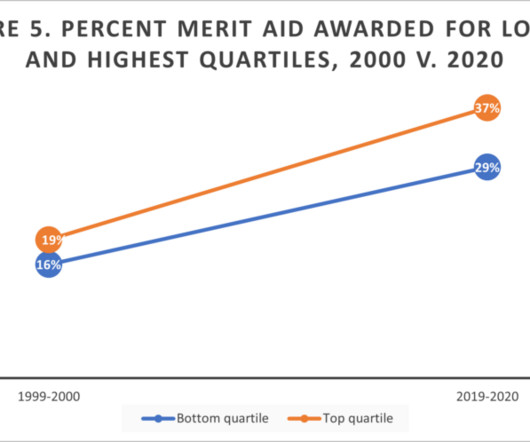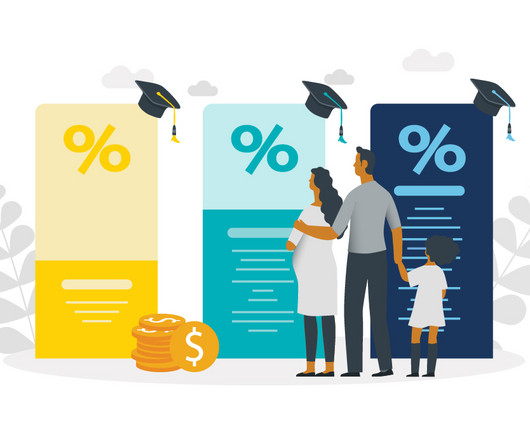What to Do When Your College Financial Aid Falls Short of Expectations
CFAA College Financial Aid Advisors
FEBRUARY 3, 2025
Heres 6 things you can do when your college financial aid falls short of expectations: 1. Prioritize essential expenses like tuition, books, and housing, while adjusting discretionary spending if possible. Double-check the accuracy of your financial aid award. Reassess your budget.





















Let's personalize your content